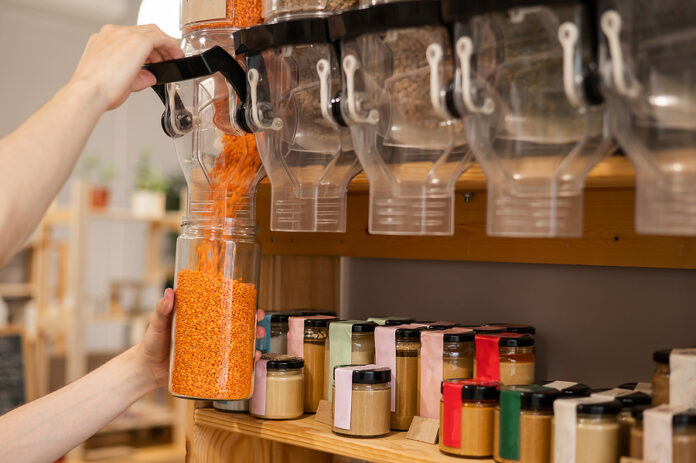
By Charles Haverfield, Packaging Executive, US Packaging and Wrapping
Today, June 16, is World Refill Day, a global public awareness campaign to prevent plastic pollution and help people live with less waste. It seems the timing of this day could not be better, with a U.S. report revealing 74% of Americans are now attracted to buying products in refillable packaging.
The benefits of reusable packaging also go beyond meeting rising consumers’ expectations. There are financial incentives for those that adopt this strategy long-term – as well as reducing excessive waste- as refills are less costly over time compared to repurchasing a new full-sized product with unique packaging.
However, while consumers may say they want more sustainable products, they don’t always consistently buy them. Why? Because the effort required to buy these products sometimes outweighs the perceived benefits. This causes an intention-action gap, a stumbling block for the progress of many sustainable brands.
For example, it’s there’s currently limited research to show exactly how many times a product must be refilled to result in markedly less long-term waste. It’s true refills can offer longer-term savings, but, of course, not everyone wants to repeatedly buy from the same brand all the time.
So, how can businesses encourage consumer loyalty and promote these initiatives widely enough to achieve long-term success?
Once consumers are interested in schemes, it’s important to keep their loyalty. So, refillable initiatives need to be both accessible and education-driven to promote their revolution.
Brands should prioritize refillables as a long-term strategy and not just a passing trend. If brands launch reuse in a limited capacity, with just one product line, one mode of return or one retail partner, they are unlikely to influence buyers.
By expanding reuse initiatives beyond limited capacities and integrating them into the main way consumers engage with products, brands can have a more significant influence on buyers. It should be more than a partial side-line. This could also prevent accusations of potential “greenwashing” in the future.
Financial incentives in the form of discounts, or free items could be leveraged to ensure more consumer enthusiasm around the uptake of refillable packaging too.
More collaboration between packaging companies and businesses is needed to develop universal refillable packaging. This would allow users to switch between brands while still maintaining sustainability. Of course, there may be concerns from organizations regarding product differentiation.
I understand this but believe that a more standardized approach to packaging design could improve efficiency, enhance the overall user experience, and put refillable packaging on the road to becoming mainstream.”
 For over a decade, Charles has led U.S. Packaging & Wrapping from a customer-driven approach ensuring employees and management understand how to identify needs before and after a purchase. With a wealth of experience in the industry, Charles consistently delivers high-quality packaging implementation to align with clients’ goals and market demands, which effectively increases efficiencies while lowering costs.
For over a decade, Charles has led U.S. Packaging & Wrapping from a customer-driven approach ensuring employees and management understand how to identify needs before and after a purchase. With a wealth of experience in the industry, Charles consistently delivers high-quality packaging implementation to align with clients’ goals and market demands, which effectively increases efficiencies while lowering costs.






